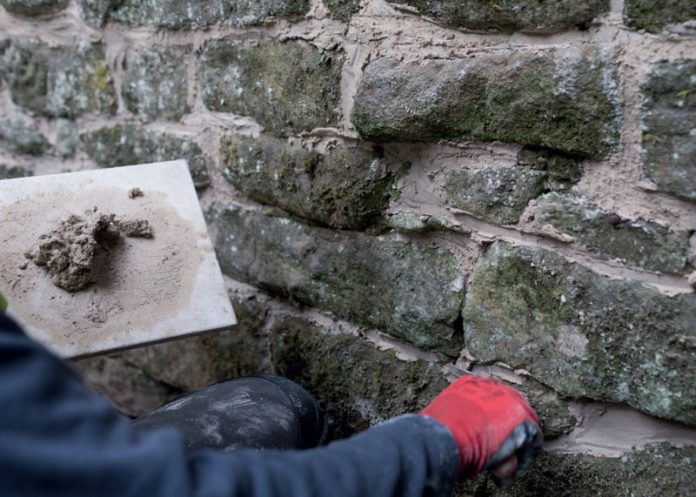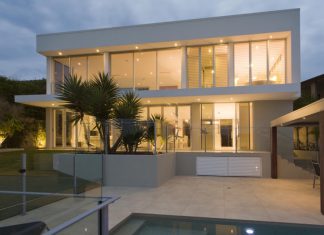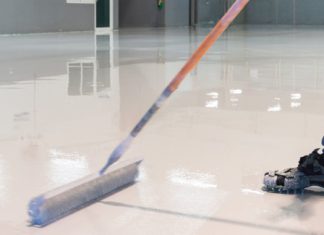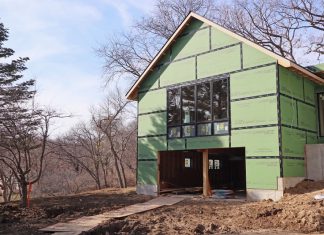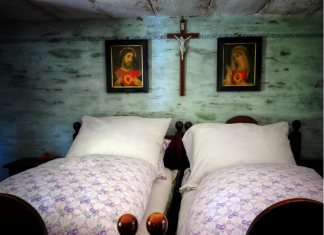Lime repointing is a traditional method used in masonry construction to repair and maintain joints between bricks or stones. It involves removing old, damaged mortar and replacing it with fresh lime-based mortar. This process not only enhances the overall appearance of a building but also helps to protect it from water damage and structural deterioration.
Understanding Lime Repointing
Lime has been used for centuries in construction due to its durability and ability to withstand weathering. When mixed with water, lime creates a strong bond that allows for movement and flexibility within the structure, making it ideal for historic buildings or structures with softer materials like sandstone. In contrast, cement-based mortars are often too rigid and can cause damage to the bricks or stones over time.
Factors Affecting the Lifespan of Lime Repointing
The lifespan of lime repointing can vary depending on several factors. One of the most significant factors is climate. Extreme weather, such as heavy rain or freezing temperatures, can cause damage to lime mortar and decrease its lifespan. Buildings located in areas with a high humidity level may also experience faster deterioration due to moisture absorption.
The type of building materials used can also impact the longevity of lime repointing. Soft and porous materials, such as sandstone or soft brick, may require more frequent repointing compared to harder materials like granite or limestone.
Maintenance plays a crucial role in extending the lifespan of lime repointing. Regular inspections and repairs can help identify any issues early on and prevent further damage. It is also essential to use the correct materials and techniques when performing maintenance on lime repointing to ensure its longevity.
Average Lifespan of Lime Repointing
While the exact lifespan of lime repointing can vary, it is generally expected to last between 50-100 years with proper maintenance and care. However, this is just an estimate, and some structures may require repointing sooner, while others may last longer.
Prolonging the Lifespan of Lime Repointing
As mentioned earlier, regular maintenance and care are crucial in extending the lifespan of lime repointing. But other factors can also help prolong its longevity:
- Using breathable materials: Avoid using non-breathable paints or sealants on the repointed area, as this can trap moisture and cause damage.
- Proper drainage: Make sure the building has a proper drainage system to prevent water from pooling near the foundation and causing damage to the lime mortar.
- Protect against vegetation growth: Over time, plant roots can grow into the mortar joints and cause cracks. Regularly check for any vegetation growth and remove it promptly.
- Consider adding a vapor barrier: In areas with high humidity, adding a vapor barrier behind the repointed area can help prevent moisture from seeping into the walls and damaging the lime mortar.
Conclusion
In conclusion, lime repointing is a durable and traditional method used in masonry construction. Its lifespan can range from 50-100 years, but factors such as climate, building materials, and maintenance play a significant role in its longevity. By following proper care techniques and addressing any issues early on, the lifespan of lime repointing can be extended even further. With careful attention and regular upkeep, this method can continue to protect and enhance historic buildings for generations to come.
Keep in mind that lime repointing is not just about aesthetics, it also plays a crucial role in the structural integrity of a building. So, regular maintenance and proper care are essential for not just preserving its appearance but also ensuring its stability. By understanding the factors that can impact its lifespan and following tips to prolong it, you can ensure that your lime repointing lasts for many years to come. So, whether you have a historic building or simply want to maintain the quality of your masonry construction, consider lime repointing as a durable and long-lasting solution.
